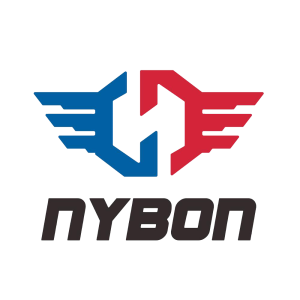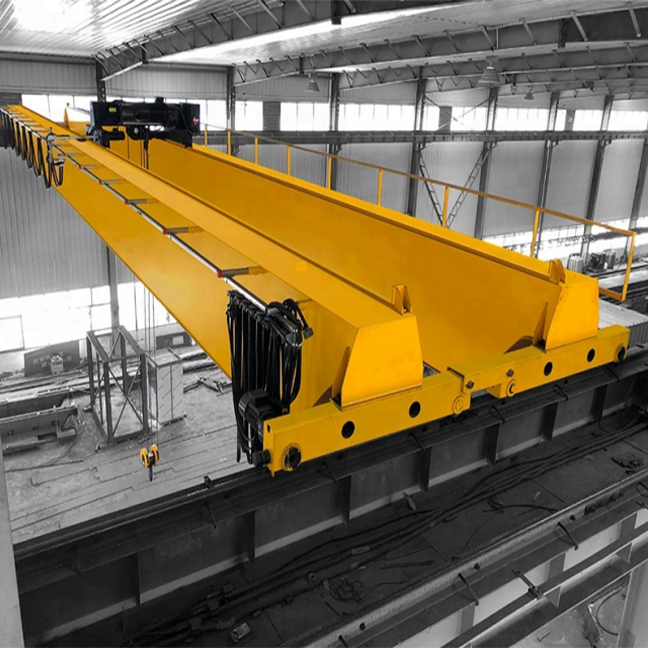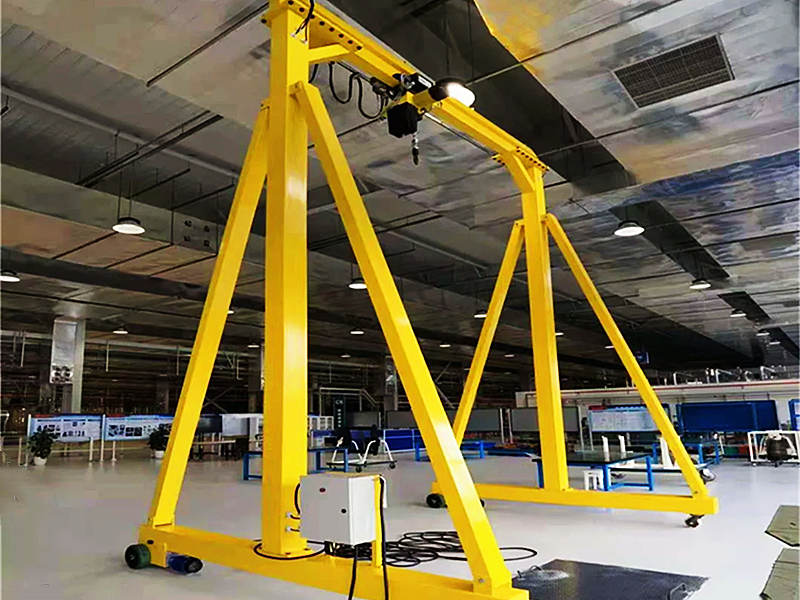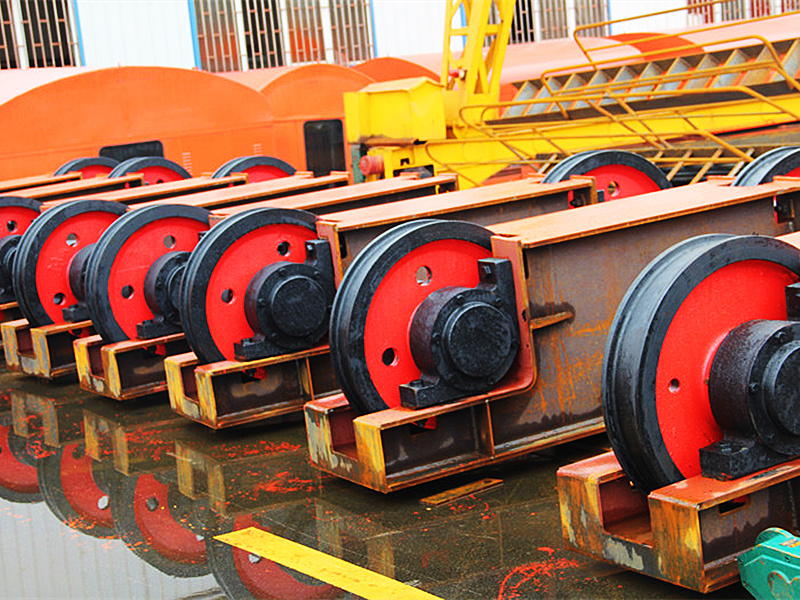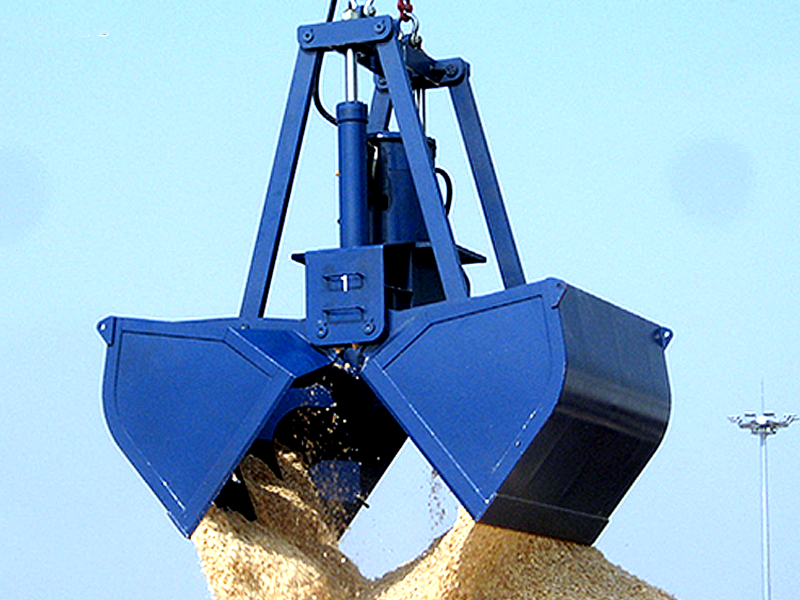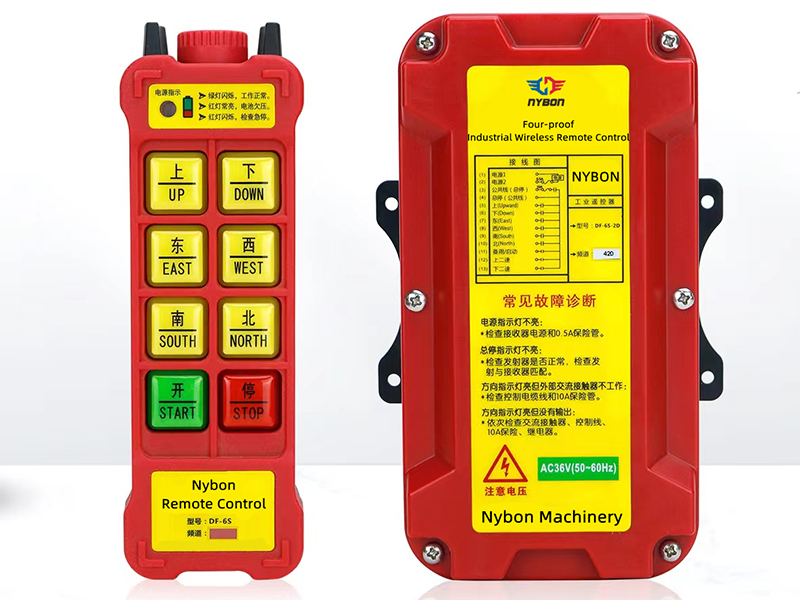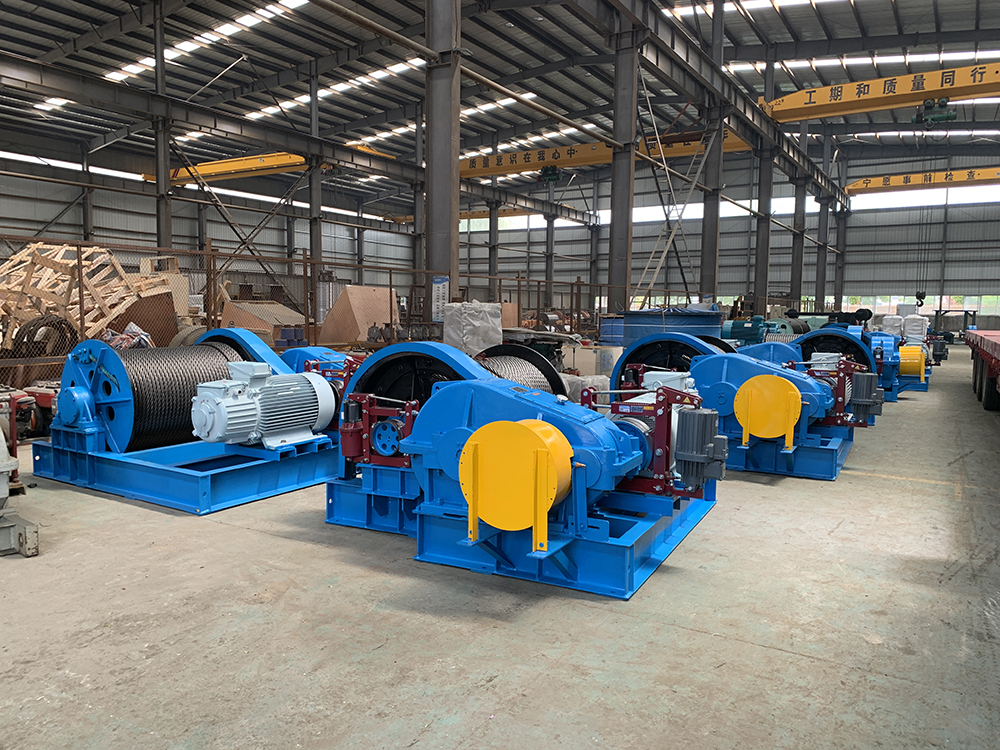
What are AGV Transfer Carts?
AGV transfer carts are automated vehicles used in industrial settings to transport materials from one location to another without the need for manual intervention. These vehicles are equipped with sensors, motors, and navigation systems that enable them to move along predefined paths or autonomously navigate through the environment.
AGVs are typically used to move heavy loads, such as raw materials, finished products, or equipment, within a factory, warehouse, or distribution center. These carts can be guided by magnetic strips, laser sensors, or even vision systems, making them versatile and adaptable to different operational setups.
Key Features of DRS Wheel Block Systems
-
Autonomous Navigation: AGVs are equipped with advanced navigation systems that allow them to move without human control. They can follow a set path or navigate in an open space, avoiding obstacles along the way.
-
Heavy Load Capacity: AGV transfer carts are designed to carry substantial loads, often ranging from 5 tons to over 200 tons, depending on the model. This makes them ideal for heavy industrial environments.
-
Charging Systems: Many AGVs come with automated charging systems, allowing them to recharge when not in use, ensuring that they are always ready for operation.
-
Safety Features: AGVs are equipped with sensors and emergency stop mechanisms that help prevent accidents, making them safer than human-operated forklifts or other manual handling equipment.
How AGV Transfer Carts Work
At Nybon Machinery, we specialize in manufacturing a range of crane systems, including gantry cranes, bridge cranes, jib cranes, and electric hoists.
Autonomous Navigation
One of the key features that distinguish AGV transfer carts from traditional vehicles is their ability to navigate autonomously. These carts rely on various technologies to move efficiently:
-
Magnetic Guidance: Some AGVs follow magnetic strips embedded in the floor, which direct them along predefined routes. This is commonly used in environments where a fixed path is needed.
-
Laser Guidance: More advanced AGVs use laser sensors that scan their environment to detect objects and map out their path. This allows them to move freely without requiring any predefined tracks.
-
Vision-based Navigation: Cutting-edge AGVs are even using cameras and machine vision systems to recognize obstacles and optimize their movement. These systems are capable of adjusting the route in real-time to avoid collisions.
Charging and Maintenance
AGV transfer carts are equipped with automated charging stations that allow them to recharge autonomously when their battery levels drop. These charging stations are typically placed at strategic locations in the facility, where the AGVs can dock and charge without requiring human intervention.
Maintenance is also simplified, as these carts are designed for easy servicing. They feature self-diagnostics, which can alert operators to any technical issues, reducing downtime and ensuring the vehicles are always operational.
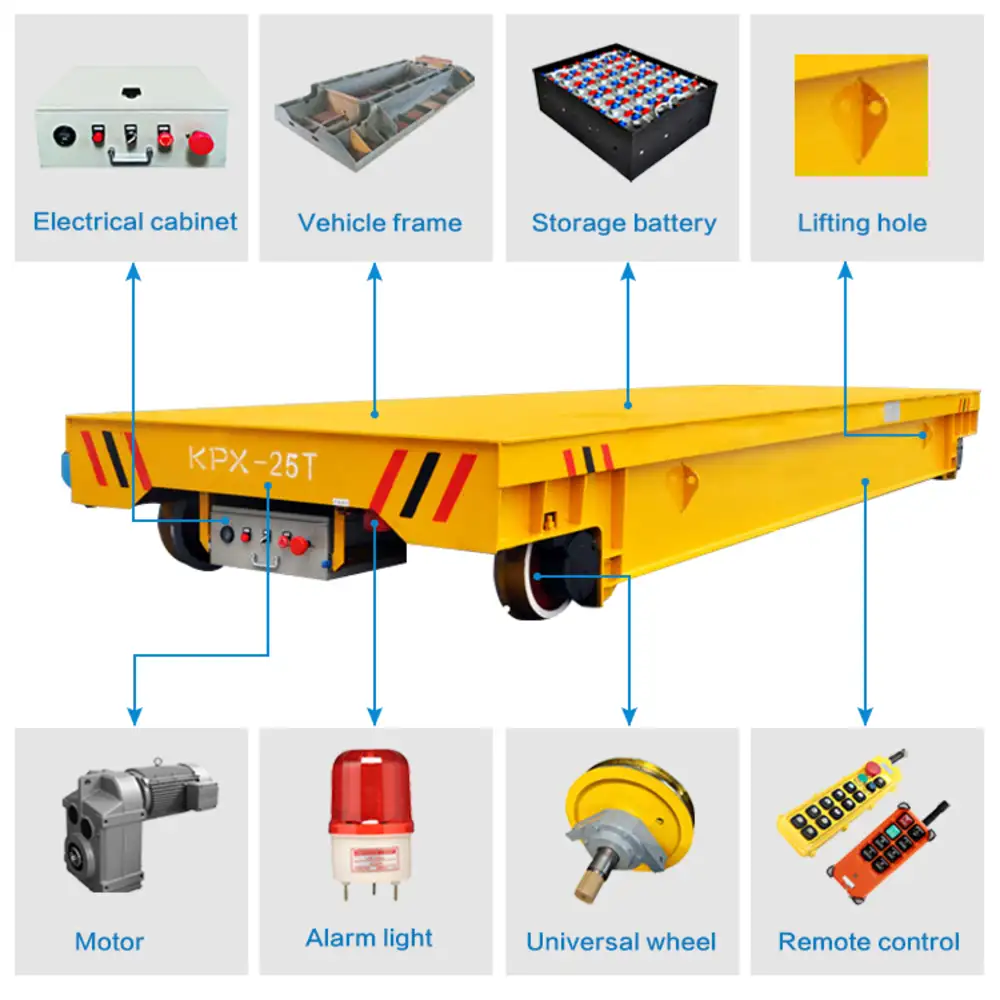
Benefits of AGV Transfer Carts
Efficiency and Productivity Gains
One of the most significant benefits of AGV transfer carts is the boost they give to operational efficiency. By automating material handling, businesses can reduce the time spent on manual labor, increase throughput, and optimize workflows. These carts are capable of running 24/7, offering continuous operations without the need for breaks or rest, which enhances overall productivity.
Safety and Reduction in Human Errors
AGVs significantly reduce the risk of human error in material handling. Traditional manual handling equipment, such as forklifts, often pose a safety hazard, particularly in busy environments. AGVs, on the other hand, are designed to minimize accidents by following predefined paths and using advanced sensors to avoid collisions. This can lead to fewer workplace injuries and a safer working environment overall.
Applications of AGV Transfer Carts
Manufacturing and Warehousing
In manufacturing, AGV transfer carts are used to transport raw materials, parts, and finished products between different production stages. They ensure that materials are delivered on time, reducing delays and improving the overall production process. Similarly, in warehousing, AGVs help streamline inventory management by moving goods efficiently across large facilities, from storage racks to packaging lines.
Logistics and Distribution
AGV transfer carts are also invaluable in logistics and distribution centers. They can transport packages, pallets, and other goods across long distances, reducing the reliance on forklifts and human labor. Their ability to work autonomously means they can operate without the need for direct human supervision, helping businesses improve turnaround times and reduce operational costs.
Get A Quote Today
Welcome to send a free inquiry to —info@nybonmachinery.com
Choosing the Right AGV Transfer Cart
Capacity and Load Requirements
When selecting an AGV transfer cart, it’s important to consider the load requirements of your facility. AGVs come in different sizes and capacities, ranging from small units for light material handling to heavy-duty models capable of carrying several tons. Make sure to choose a model that matches the type of materials you handle and the weight limitations of your environment.
Customization and Integration with Existing Systems
Not all AGVs are created equal, and some may require customization to integrate with your existing infrastructure. Consider whether the cart needs to be tailored to meet specific requirements, such as navigating narrow aisles or interacting with other automated systems in your facility.
The Future of AGV Transfer Carts
AGV transfer carts are transforming industries by offering automated, efficient, and safe material handling solutions. With their ability to operate autonomously, reduce human error, and increase productivity, these carts are quickly becoming a staple in warehouses, manufacturing plants, and distribution centers. As technology continues to evolve, AGVs will become even smarter and more efficient, further driving automation in industrial operations.
At Nybon Machinery, we understand the importance of reliable and customizable industrial equipment. As a leading manufacturer of cranes, hoists, and other lifting equipment, we are committed to providing solutions that enhance your operational efficiency. Contact us today for more information on how we can help your business with state-of-the-art equipment.
FAQs
-
What types of materials can AGV transfer carts handle? AGV transfer carts are capable of transporting a wide range of materials, from raw materials and pallets to finished products and heavy machinery, depending on the cart’s capacity.
-
Are AGV transfer carts compatible with existing warehouse systems? Yes, many AGV transfer carts can be integrated into existing warehouse and manufacturing systems, with customization options available to meet specific operational needs.
-
How do AGV transfer carts navigate in a facility? AGVs use a variety of navigation methods, including magnetic guidance, laser guidance, and vision-based systems, to move autonomously and avoid obstacles.
-
Can AGV transfer carts work 24/7? Yes, AGV transfer carts can operate around the clock, making them ideal for facilities that require continuous material handling without breaks.
-
What is the load capacity of AGV transfer carts? AGV transfer carts can handle loads ranging from a few hundred kilograms to several tons, depending on the model.
